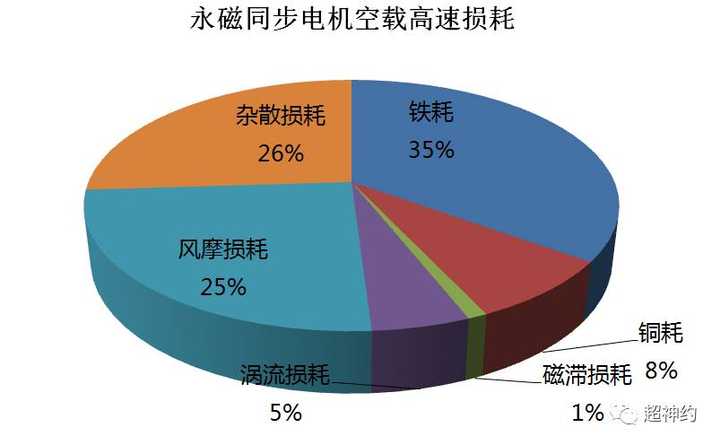1.Impact of Annealing Process on Iron Loss
The annealing process primarily affects the iron loss in silicon steel sheets. Mechanical and thermal stresses can alter the characteristics of silicon steel sheets, leading to changes in iron loss. Increasing internal motor temperature can also trigger iron loss. Effective annealing can remove additional mechanical stresses, reducing iron loss within the motor.

2.Reasons for Excessive Loss in Manufacturing Process
Silicon steel sheets, as the main magnetic conduction material in motors, play a crucial role in motor performance. Selecting silicon steel sheets that meet design requirements and opting for materials from manufacturers with stable performance are essential. Key influencing factors include:
- Improper or lack of insulation treatment of silicon steel sheets.
- Damaged or short-circuited insulation between sheets, such as excessive stacking pressure, large burrs after punching, severe insulation damage during burr removal by grinding, improper use of filing or turning for correction.
- Overheating during winding removal by burning or electric heating, damaging magnetic conductivity and inter-sheet insulation.
- Stacking and welding processes that damage insulation between laminations, increasing eddy current loss.
- Insufficient iron weight and uncompressed sheets, leading to excessive current and iron loss exceeding standards.
- Overly thick coating on silicon steel sheets causing magnetic saturation, with a severely curved relationship curve between no-load current and voltage.
- Punching and shearing processes that disrupt grain orientation on silicon steel sheets, increasing iron loss; for variable-frequency motors, additional iron loss from harmonics should also be considered.
When designing motor iron loss, it is important to consider the actual manufacturing process and strive for alignment between theoretical and actual values. The characteristic curves provided by material suppliers are measured using the Epstein frame method, which differs from the actual magnetization directions in different parts of the motor. This can lead to inconsistencies between calculated and measured values to varying degrees.
